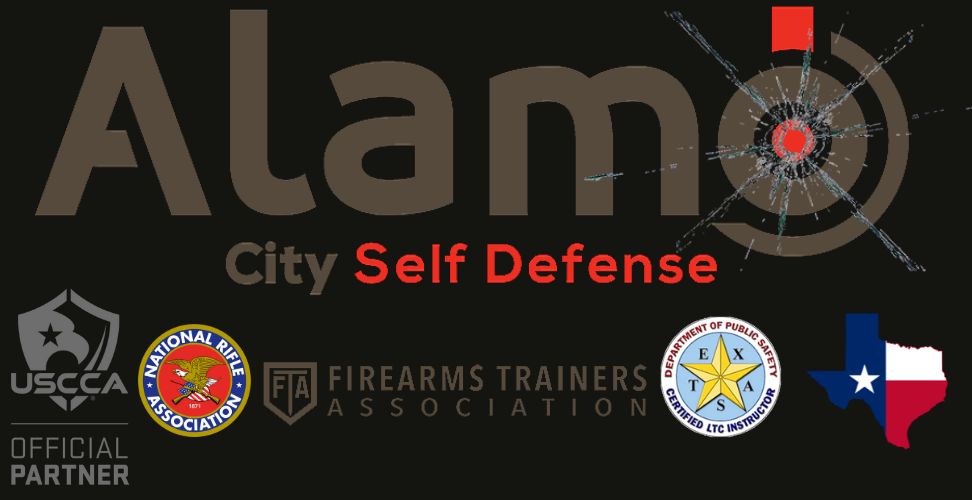Benefits of Obtaining a Texas Gun License

Women’s Class
PSA📣
A Texas License to Carry (LTC) offers a range of benefits that extend beyond just the ability to conceal a handgun. Here are some key advantages:
**Enhanced Personal Protection:**
https://bit.ly/3yClJ5n
* **Deterrence:** Most criminals prefer easier targets. Openly carrying a firearm can deter potential attackers.
* **Self-defense:** In a dangerous situation, an LTC allows you to legally respond with a firearm if necessary.
* **Confidence and peace of mind:** Knowing you have a means of self-defense can provide a sense of security and well-being.
https://bit.ly/3yClJ5n
**Legal Benefits:**
* **Streamlined firearm purchases:** With an LTC, you no longer need a separate background check when buying a handgun from a licensed dealer.
* **Reciprocity:** Your Texas LTC is recognized in over 30 other states, allowing you to legally carry concealed in those jurisdictions.
* **Trespass protections:** An LTC provides specific legal protections against being charged with trespassing for carrying a concealed handgun on private property (unless posted signage explicitly prohibits it).
**Additional Benefits:**
* **Employment protections:** Texas law prohibits employers from banning LTC holders from keeping firearms in their vehicles parked on company property (unless the employer is a government entity or certain safety-sensitive businesses).
* **Enhanced legal knowledge:** Obtaining an LTC requires training in firearm safety and Texas gun laws, promoting responsible gun ownership.
* **Lifetime investment:** An LTC is valid for five years and can be renewed for life, making it a worthwhile investment.
However, it’s important to remember that carrying a concealed handgun is a significant responsibility. Before obtaining an LTC, it’s crucial to undergo proper training and understand the legal implications and ethical considerations involved.
I hope this information helps! Feel free to ask if you have any further questions about Texas LTCs or specific benefits that may interest you.
































































Recent Comments